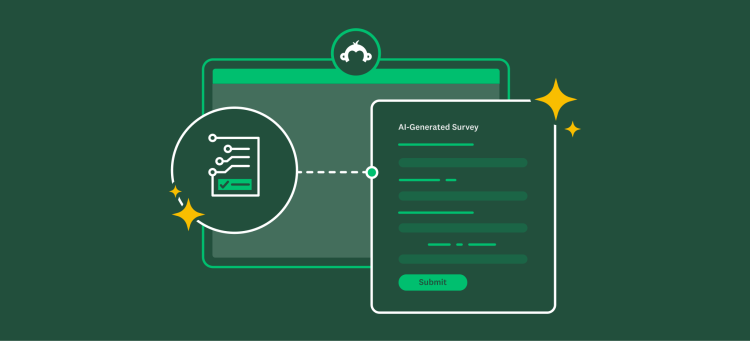The best ideas come to you when you least expect them. Inspiration may strike at any time—while you’re daydreaming in a meeting (eek!), walking through the grocery store, or taking a shower.
But this time, you’ve come up with a product concept that will change hundreds, no thousands, no…make that MILLIONS of people’s lives. So, how do you know if your big idea is going to change the world as we know it? You’ll need a deliberate strategy to test your concept and deliver on the promise of your big idea.
First things first: Test your new product concept out on consumers
Let’s say your idea comes to you while at the beach. After huffing and puffing for half an hour to blow up a few beach balls, you’re no longer relaxed. While in your light-headed state, you have a vision of a self-inflating beach ball!
After you get home from the beach, you decide you want to pursue your concept. Give yourself a pat on the back for coming up with an idea—that can be the hardest part of the process. But before you quit your day job and start product development, here’s how to run a successful new product concept test survey to see if your idea’s a winner.
What to include in your concept testing survey
Writing a good concept testing survey means touching on the following topics when you write your survey questions:
- Appeal: Figure out if people like the idea—and why. You can send out a survey pitting designs against one another to see which people will prefer by using an image choice survey.
- Target audience: Some people may like a self-inflating beach ball more than others. You can measure potential market size by looking at your results by different segments: moms with kids, college students, etc. Knowing your audience will also be immensely helpful when it comes time to market your product.
- Uniqueness: Get a sense of what you need to do to make sure your brand or product will have a niche and stand out among the competition.
- Purchase intent: Ok, so people like it, they REALLY like it, but how likely will they buy it? Get a sense of purchase intent at different price points.
- Recall: Test your beach ball against other similar products, for example a beach paddle ball set, and see if people remember your idea.
Know everything about concept testing
Search no more: We wrote the definitive guide so you can test ads, products, logos, packaging, and more on your own.
Strategies for developing your new product idea
Now that you’ve run your concept tests, you need to develop your new product based on survey feedback. Here’s a roadmap for taking your product from a concept to a must-have for your target market:
1. Do your homework
Okay—so you’ve run a focus group or survey, and people love your idea—congratulations! Now you need to do some business analysis to determine whether the self-inflating beach ball is viable. What does the competitive landscape look like? Are there similar products already in stores? How much do they cost? You’ll also want to a sense of how much it will cost to design, produce, distribute and market your product. Think about how you will fund your product development and whether you can self-fund or need to raise money.
2. Develop a prototype and retest it
You’ve figured out the economics could work: there will still be profit left once you’ve covered all of your expenses. At this point, it would be ideal to develop a prototype. This allows you to pitch the ball to retailers—or whoever is buying the product—and get it back into customers’ hands. You’ll be able to confirm if they are as interested in your product as they were in the initial concept-testing phase. This is also a good time to develop your marketing plan and test advertising concepts through surveys.
3. Market test
You’ve done all of the upfront work and now it’s time to test your self-inflatable beach ball in the wild. Ideally, you’d do a small production run and do a limited sales test. You could do this in one market, test through a website, through direct sales or even one store. You can also try selling with or without marketing support to determine potential sales velocity.
4. Launch!
Assuming everything went well, you could be ready to launch your self-inflatable beach ball business. Make sure you balance capacity (how much you can create) and demand (how much people want). It’s better to roll out slowly then to disappoint customers.
5. Optimize
Launch may feel like the end, but it’s just the beginning. You’ll want to continue to evaluate your costs, pricing, marketing efficacy, customer interest, competitive landscape and other external conditions through benchmarking surveys. For example, if it’s going to be a cold summer in San Francisco but a hot summer in New York, you’ll want to make sure your self-inflating beach balls and the supporting advertising are in the right markets. Benchmarking your results will also help you understand shifting customer attitudes, and set performance goals for fuzzy KPIs like those surrounding customer satisfaction.
Feeling out of breath? Product development is not for the faint of heart. But without innovation, we wouldn’t have smartphones or DVRs or Slankets® or all the other products we can’t live without.
Looking for people to test your concept? SurveyMonkey Audience makes it easy to survey your potential customers!




